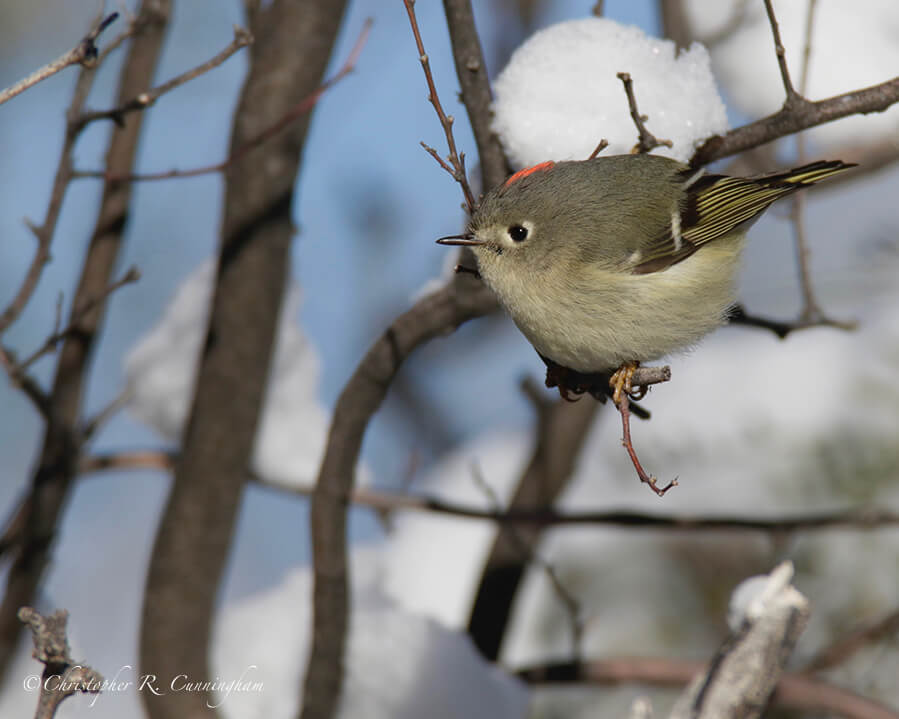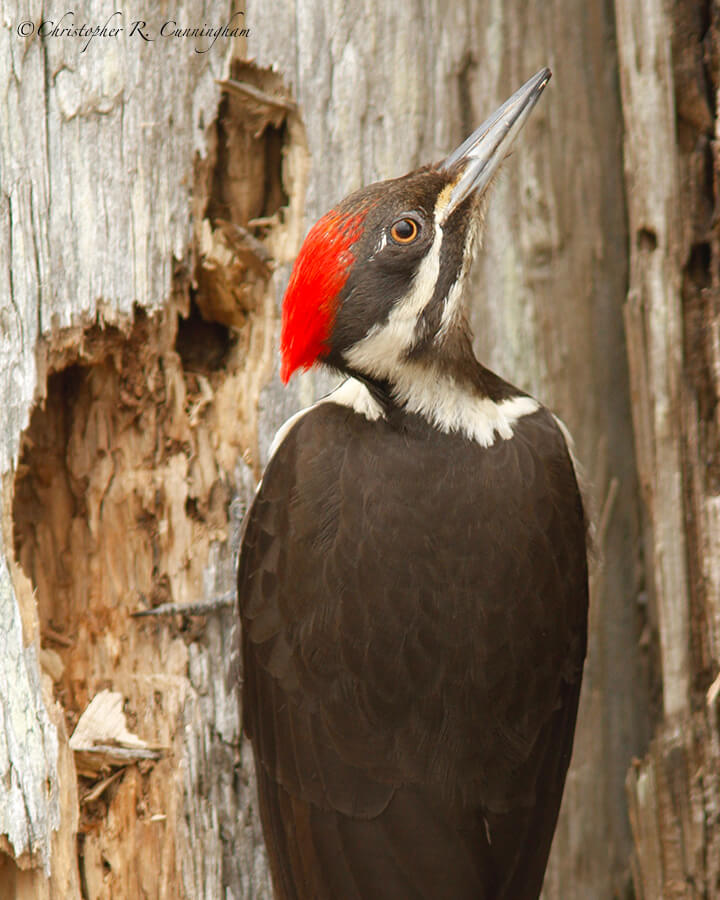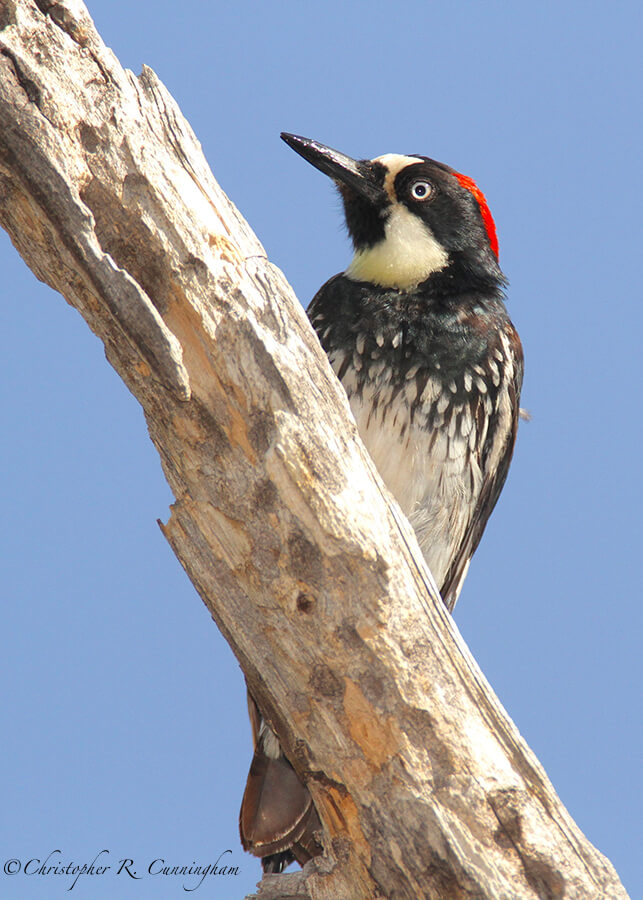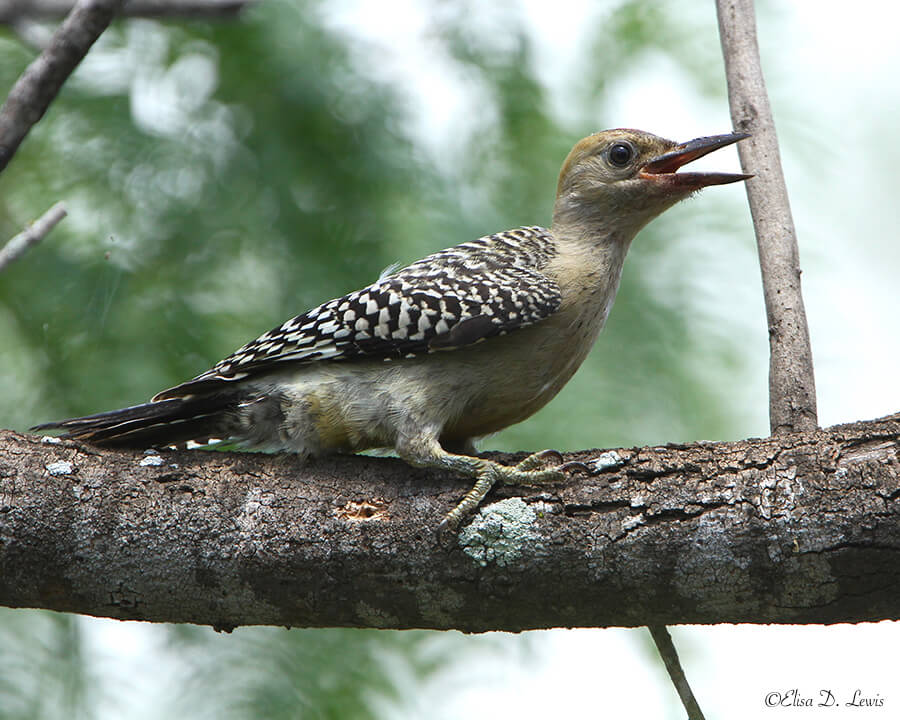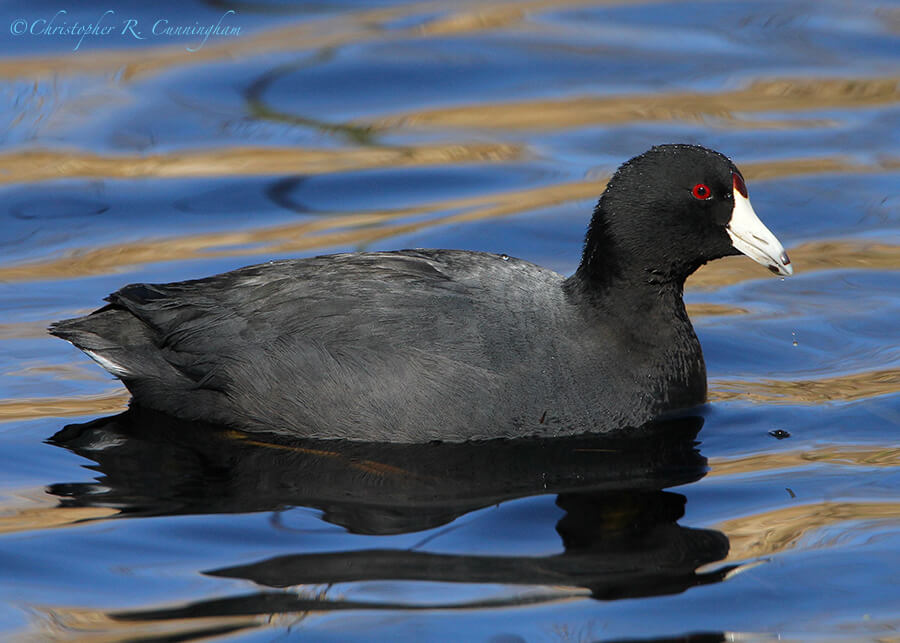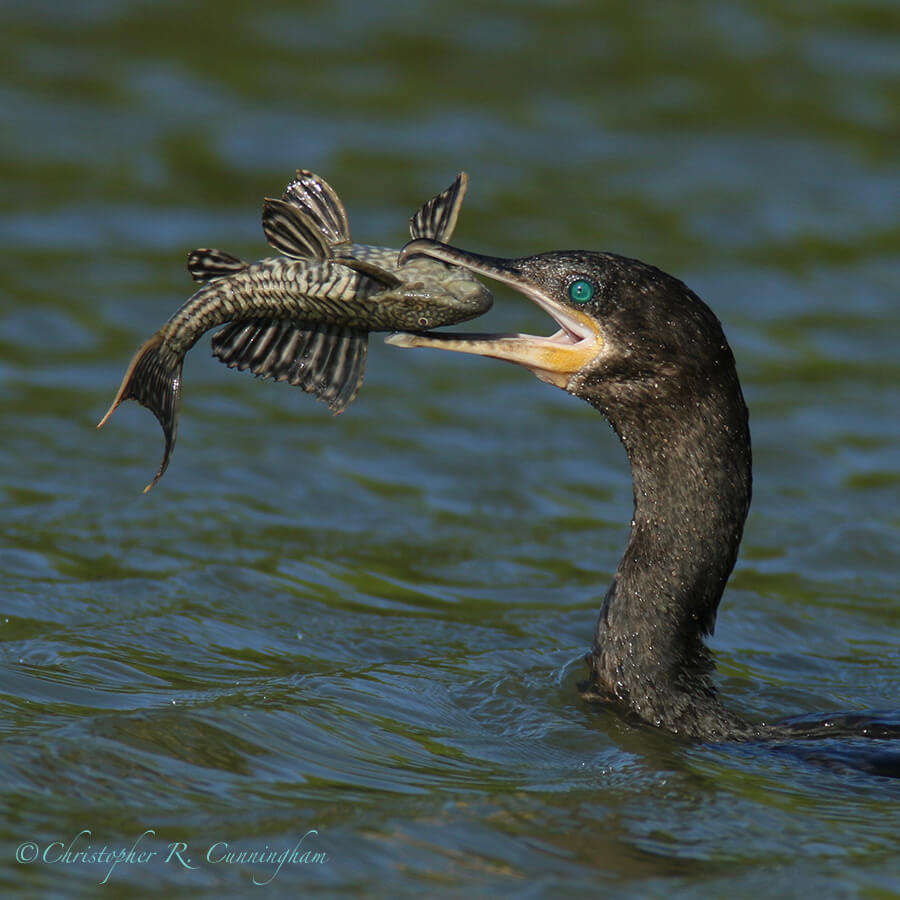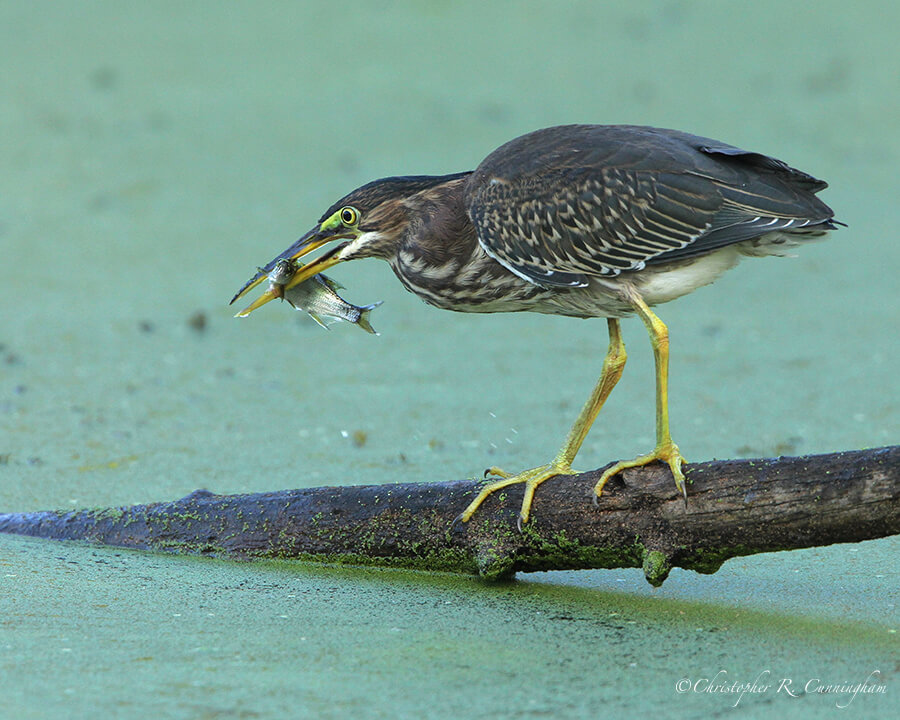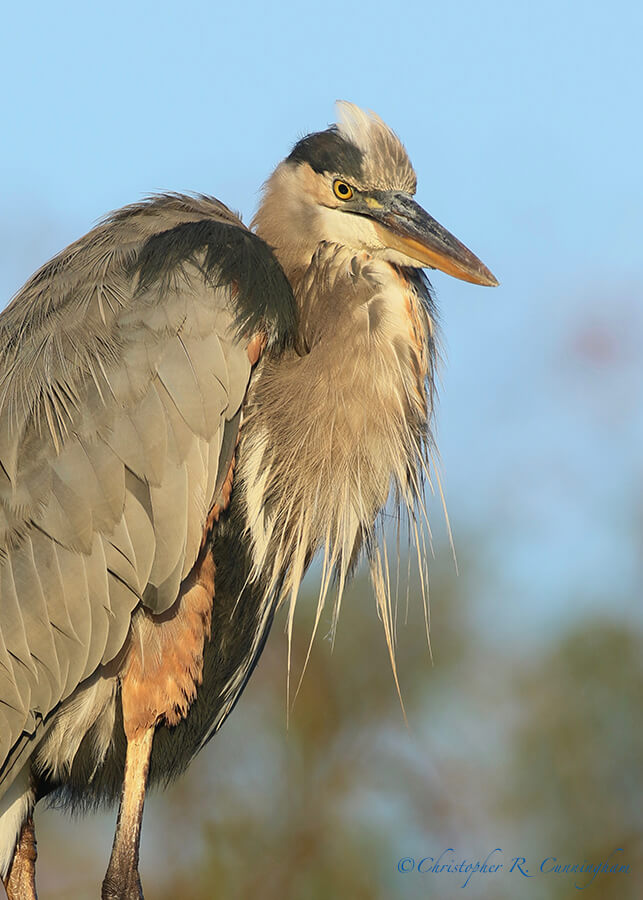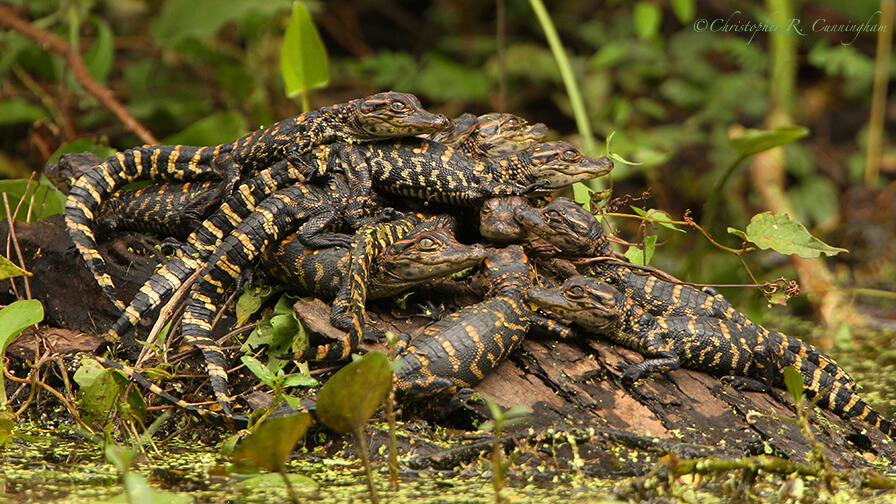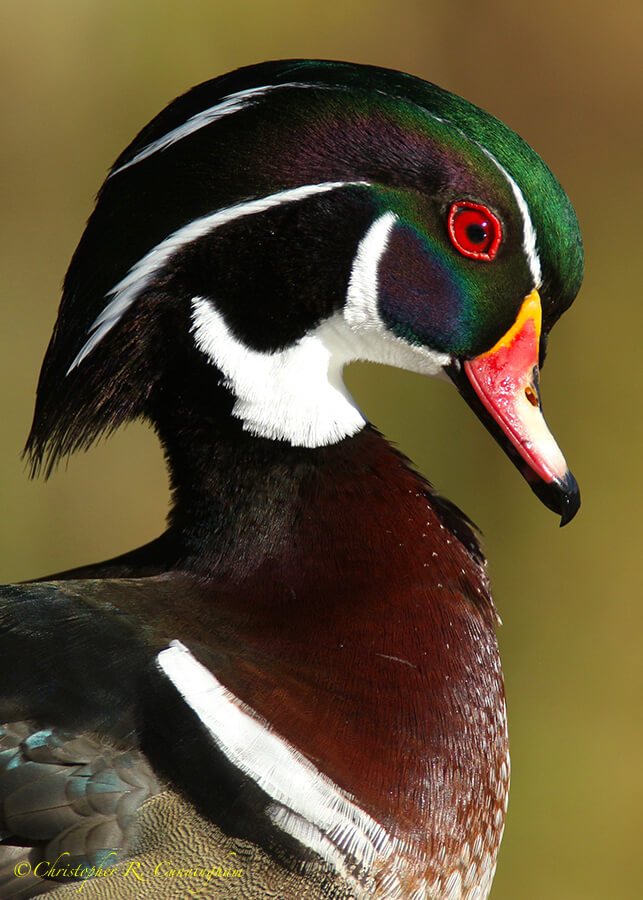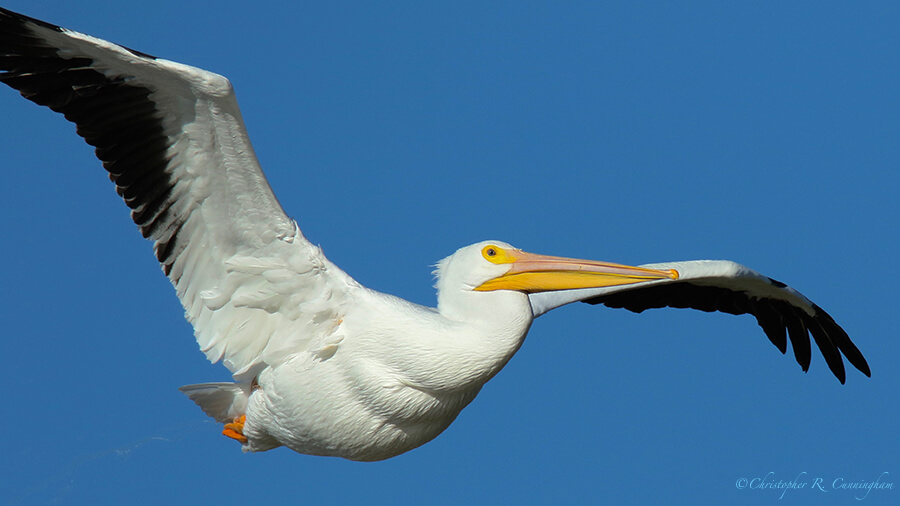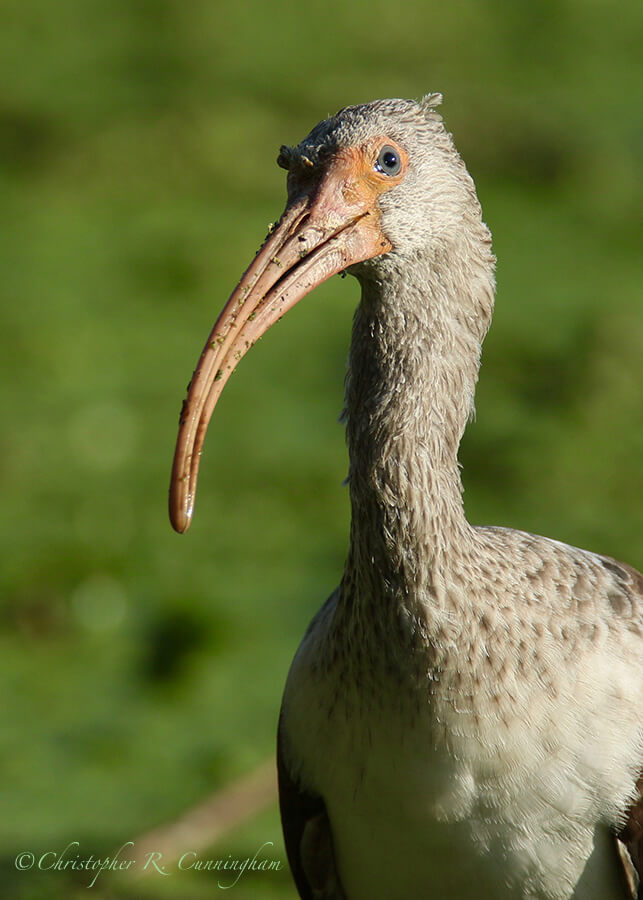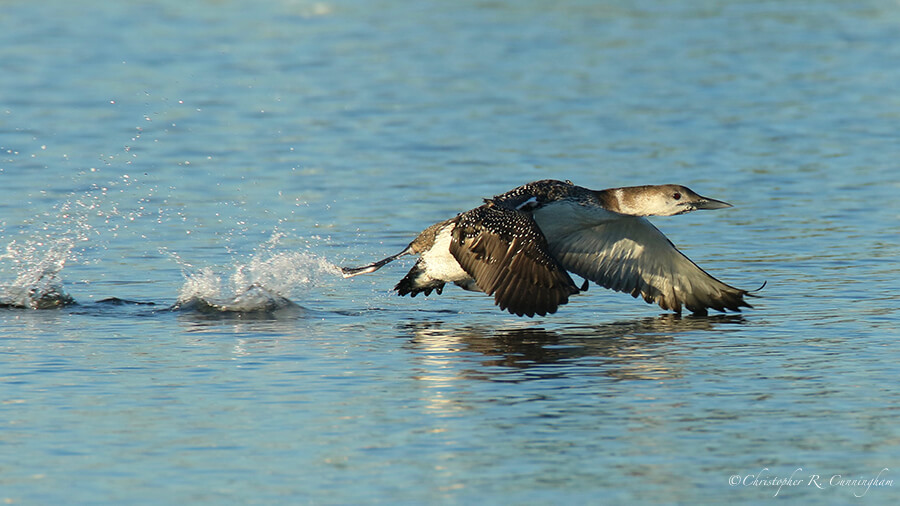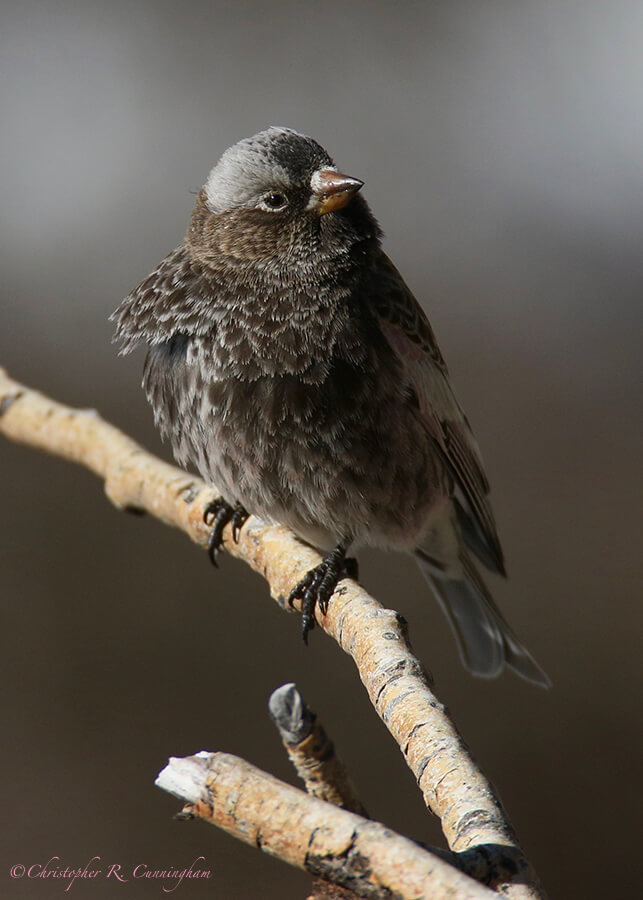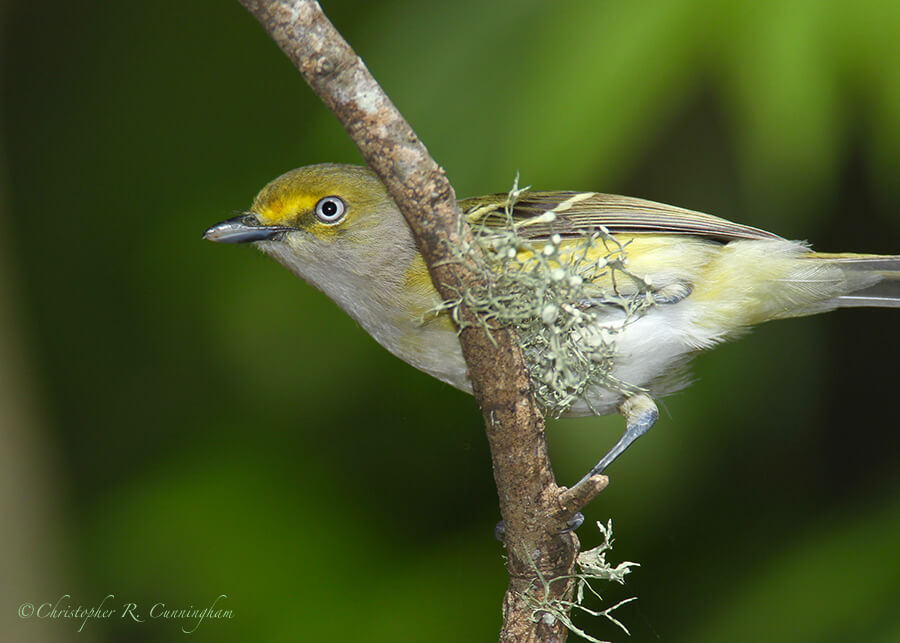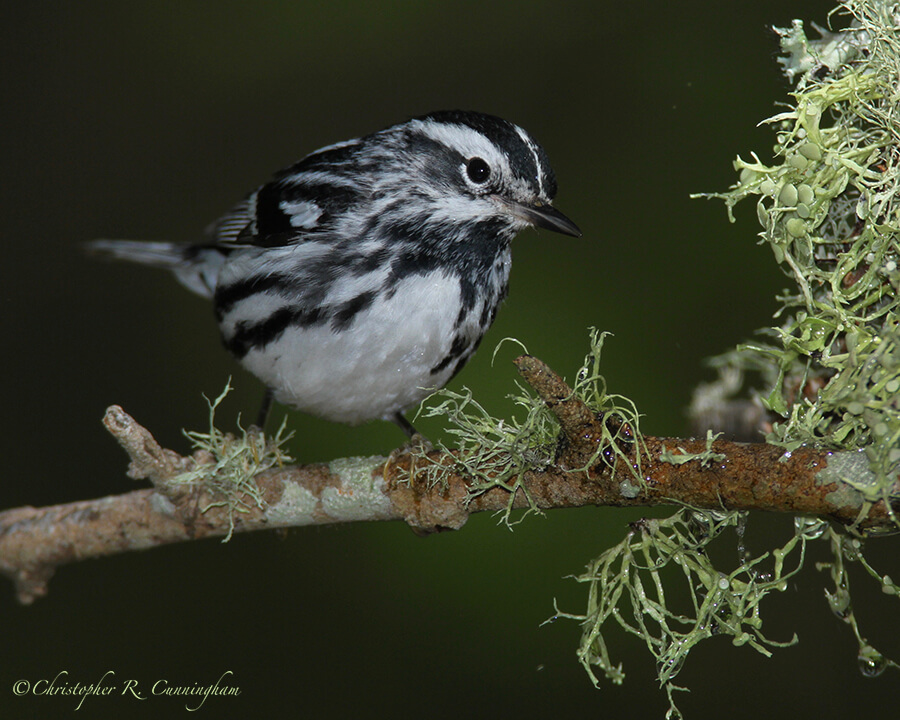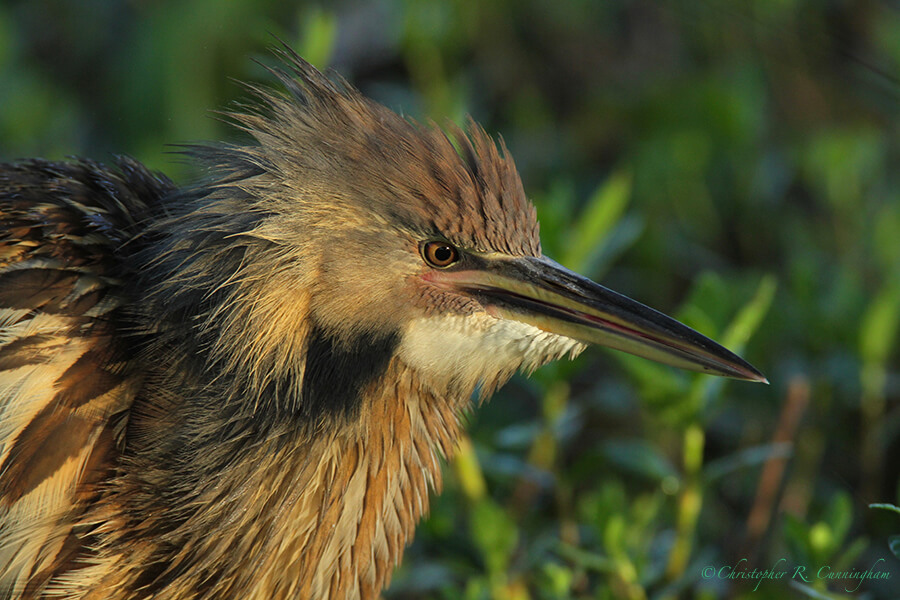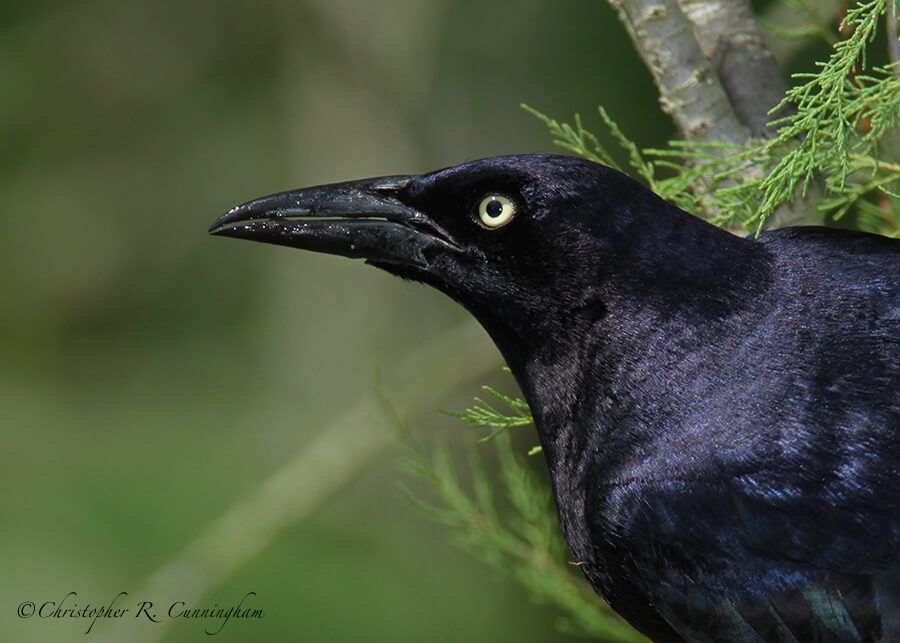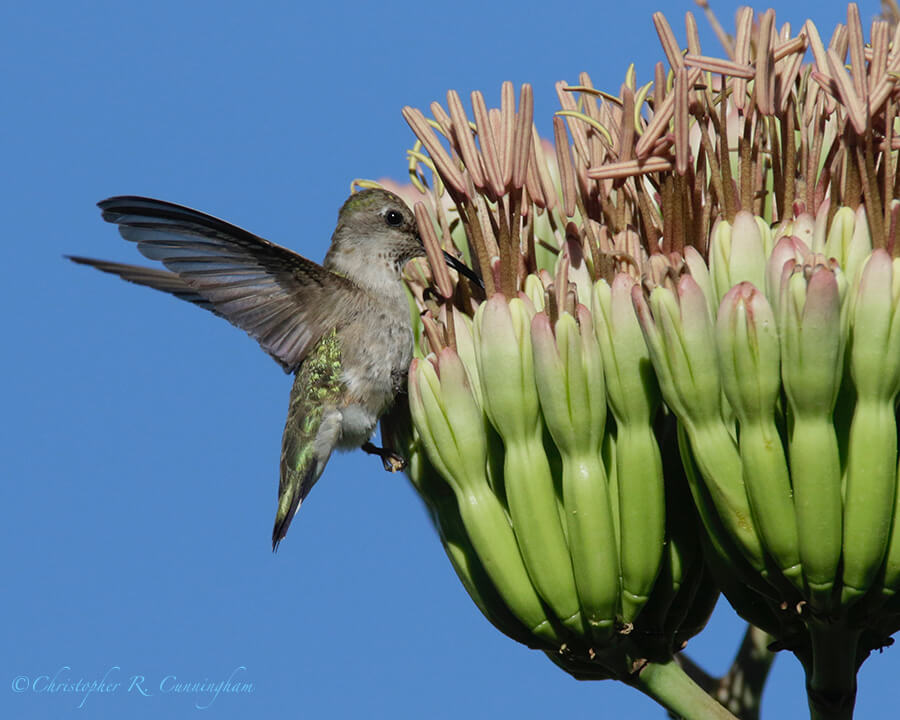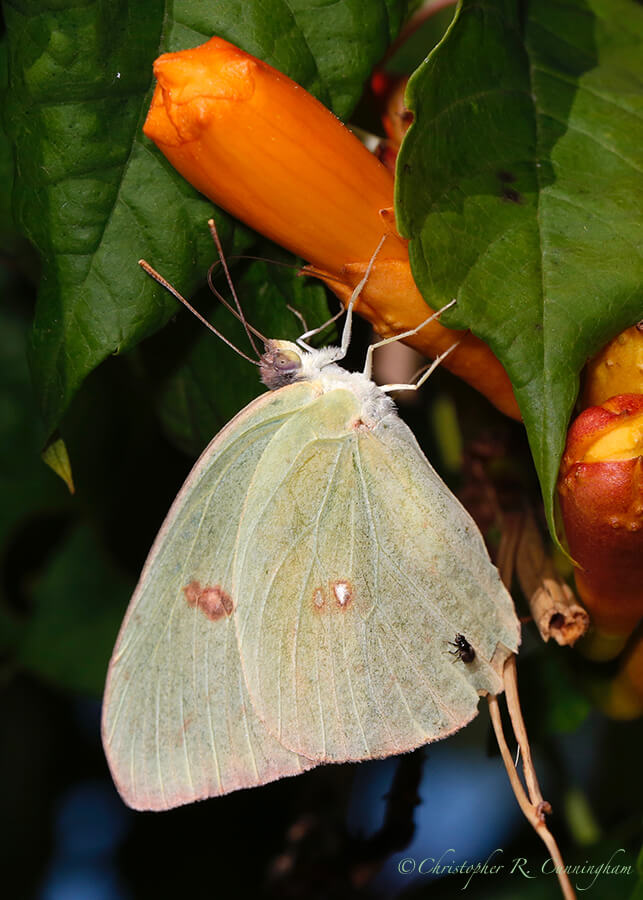Summer is the season of inferior sledding.–Eskimo proverb
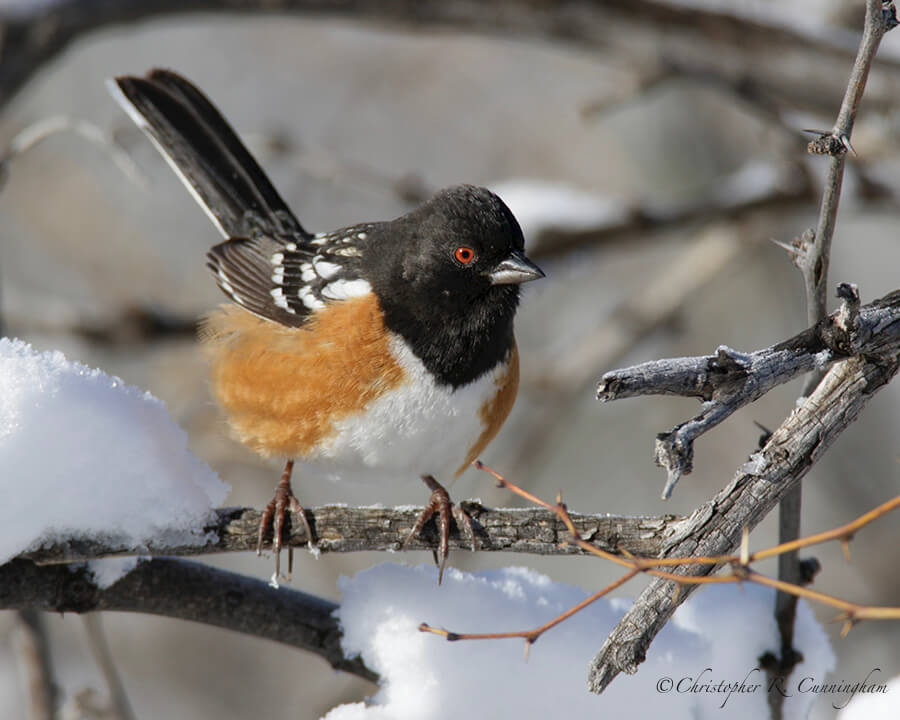
During the last hours of our holiday visit to Cave Creek Canyon, I took a walk in the wintery landscape. The previous day a blizzard deposited about eight inches of snow. On this trek, I saw mostly common species that I’ve seen many times before (except for a Fox Sparrow!), but the light was bright and clear, and the sky was blue–a welcome change from days of fog, rain, and snow flurries.
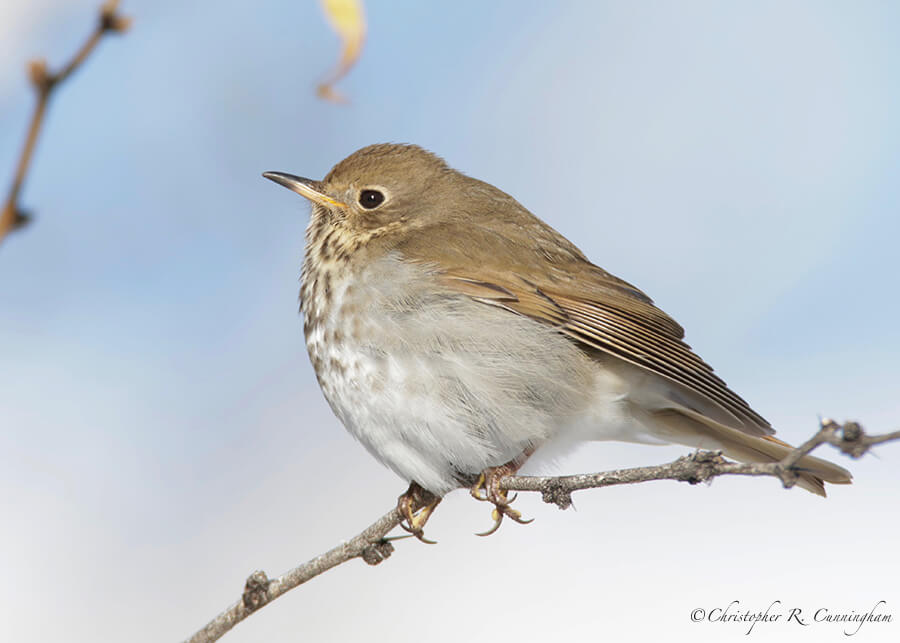
According to the locals, this sort of heavy snowfall is highly unusual for Cave Creek Canyon. The last time it happened was about a dozen years ago. I made an attempt at photography the previous day, during the blizzard, but that turned out to be fruitless: It was a weird combination of darkness and glare. It’s tough getting satisfactory results involving quick songbirds at ISO 1600 and above and shutter speeds at 1/320 second or below at 840mm. On this trip, I really discovered the limitations of the sensor in a 7DII–and wished I had a 1DXII or a Nikon D5!
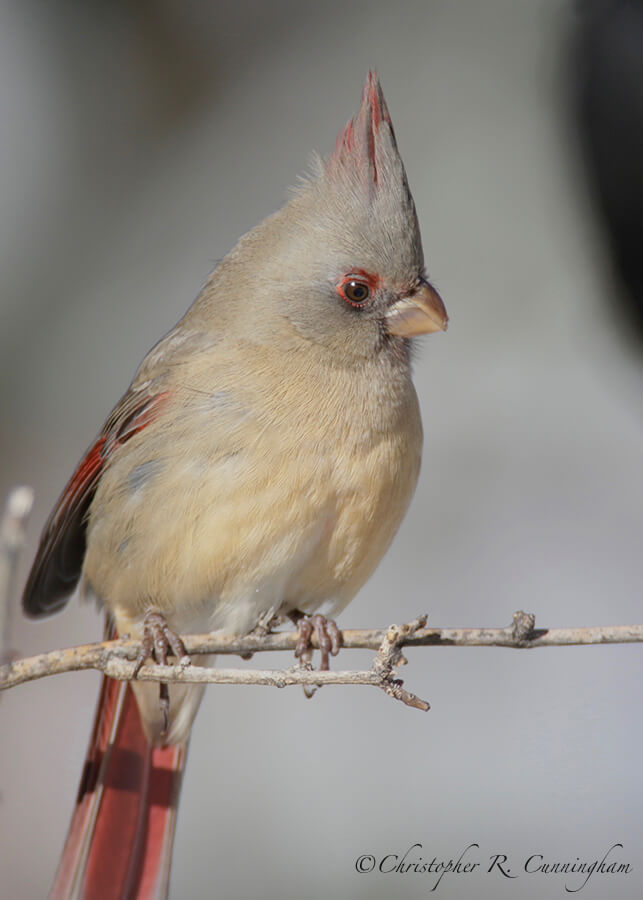
But on the bright, clear day, the 7DII performed just fine. I had some worries about glare from the snow and blowing out the whites while photographing dark-colored birds against the snow, but these turned out to be mostly unfounded. Overall, with the creamy white backgrounds, rather than green foliage, the results were very different from the normal sorts of images I capture in steamy Gulf Coast Texas.

Hopefully this day of shooting will serve as a practice session for trips to photograph boreal species that I’ve been dreaming about for some time. It was mostly practice on sparrows for time with rosy-finches, redpolls, and crossbills . . . .

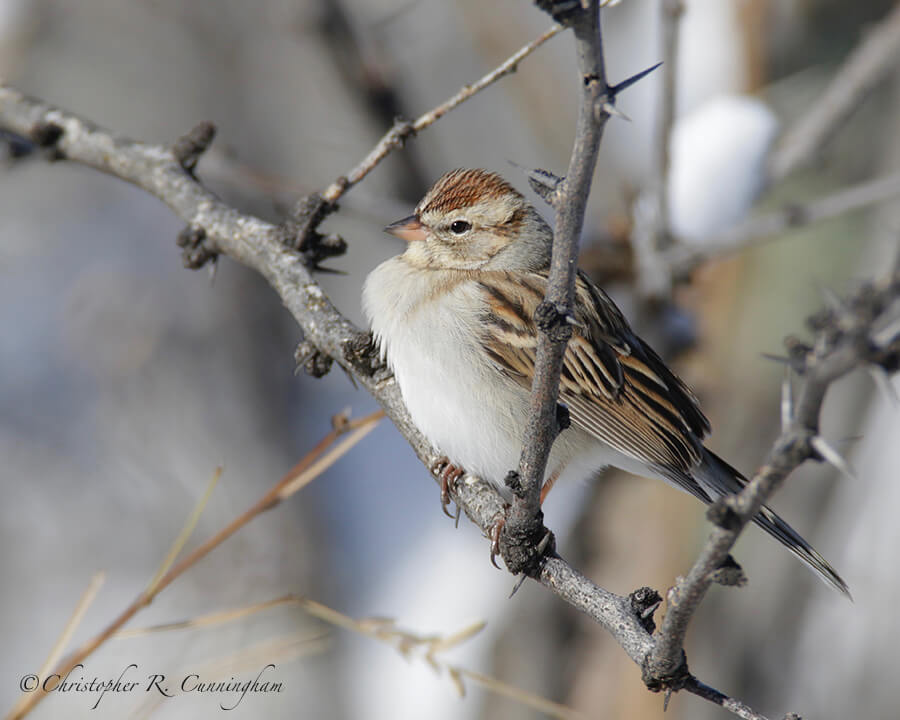
©2019 Christopher R. Cunningham. All rights reserved. No text or images may be duplicated or distributed without permission.
